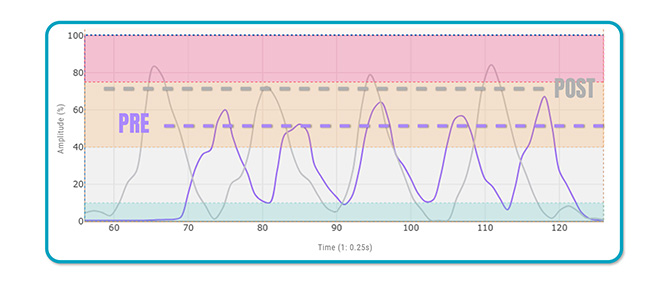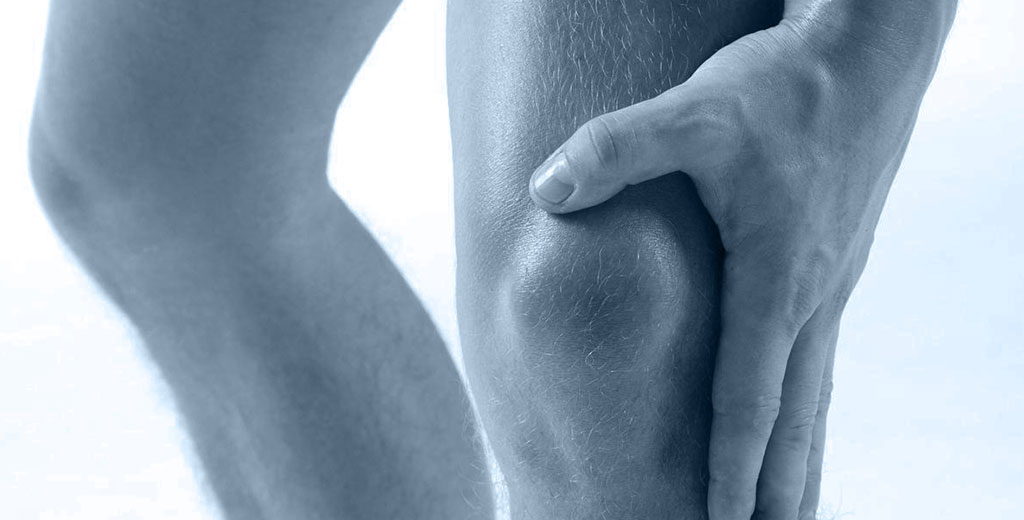The single-leg glute bridge is one of the most widely used exercises to train hip stability and strengthen the gluteus maximus.
During the single-leg bridge, if the gluteus maximus doesn’t activate sufficiently, the body will find alternative ways to achieve hip extension—mainly by recruiting the lumbar muscles.
Although this compensation allows the movement to be completed, it alters the motor pattern and places the lower back under constant overload.
Many patients compensate for glute weakness by relying on the spinal erectors, which not only reduces the effectiveness of the exercise but can also cause tension and overload in the lower back.
Would you like to optimize your patients’ muscle activation in every exercise? Write to us here and learn how to apply mDurance EMG in your clinical practice.
In this post, you’ll learn how a simple technical adjustment can help your patients increase gluteus maximus activation by up to 20% while reducing lumbar load. All with an easy, precise, and evidence-based intervention.
What Happens When the Glutes Don’t Lead the Movement?
Real example:
In one of our surface electromyography (EMG) assessments, we observed a patient who activated the right spinal erector more than the left gluteus maximus during the exercise.

EMG analysis: Right spinal erector > Left gluteus maximus ❌
This imbalance not only reduces the exercise’s effectiveness on the glutes, but also increases the risk of lower back discomfort.
How to Increase Gluteus Maximus Activity by 20% with One Simple Adjustment
Tip 1: Ask the patient to slightly push the knee outward.
Tip 2: Add subtle manual guidance, gently pushing the knee outward during the movement.

These two adjustments increase hip abduction, which promotes greater recruitment of the gluteus maximus and reduces compensatory lumbar extension.
Results of this adjustment:

✅ +20% gluteus maximus activation
✅ -15% right spinal erector activation
With just one postural modification, you can make a significant impact on movement quality, allowing the patient to train more efficiently and safely.
What Does the EMG Show Before vs. After?
After applying the adjustments, guided by EMG, the readings clearly show:

The gluteus maximus increases its activation by 20%.
This confirms that small, well-directed changes can completely transform the motor pattern and exercise effectiveness.
Conclusion
A minor adjustment in single-leg bridge technique can have a major impact:
- Improves gluteus maximus activation
- Reduces load on the lower back
- Retrains a more functional and safer motor pattern
In addition, using EMG allows you to visualize muscle response in real time and precisely tailor the intervention.
That way, you’re not just prescribing an exercise—you’re ensuring it’s done correctly and with the right objective.
Want to improve muscle activation in your patients? Contact us here and discover how to integrate mDurance EMG into your practice.

